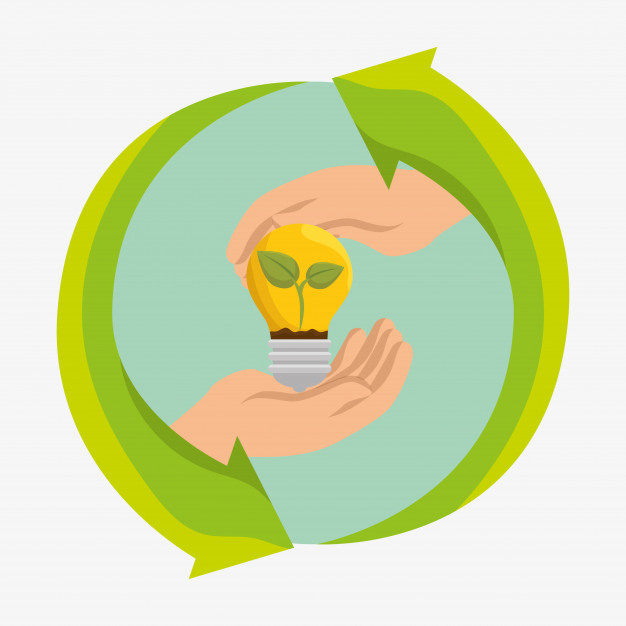What is the circular economy?

The circular economy is an economic concept that is more prominent than ever today, at a time when we see, day after day, that the planet’s resources are limited (fuels, raw materials, fossil fuels, water, etc.).
But what actually is the circular economy? Let us explain:
It's an economic concept that minimises waste by optimising resources. The circular economy is a way of rethinking how we produce and consume with the aim of optimising the use of natural resources and offering goods and services for sustainable use. The circular economy is opposed to the traditional economy, which is based on a linear model: producing, consuming and disposing of products.
The ADEME (French Agency for the Ecological Transition) provides the following definition: “The circular economy aims to change the paradigm of a linear economy, by limiting the waste of resources and environmental impact, and by increasing efficiency at all stages of the product economy. […] The circular economy targets lean and efficient resource management.”
The circular economy’s benefits
-
Benefits for the environment
The circular economy makes it possible to introduce resource management into an economic model and avoid waste.
It helps reduce consumption of raw materials, water and energy. With the aim of reducing waste, the circular economy strongly opposes the principle of planned obsolescence, which requires manufacturers to deliberately reduce the lifetime of a product to encourage it to be replaced. This can be done by using less reliable components, or products with design weaknesses.
A closed-loop model considers the end of a product's lifespan and integrates waste management or recycling straight into its manufacturing process, or creates new opportunities to deal with them.
-
Socio-economic benefits
The advantage here is less – and more rational – corporate spending, leading to both a greater competitive edge and potential economies of scale. For example, this makes it possible to secure supplies of raw materials. Companies can also develop new business sectors such as recycling, innovation and technology, allowing new job opportunities to emerge.
The circular economy, a sensible model
In compliance with the 2015 French law on energy transition and green growth, companies need to commit to sustainable development and review the production and marketing cycles of their products. From the production stage, committed manufacturers can rethink their production processes from an eco-design perspective. This means designing products that respect the environment and sustainable development and promote the use of renewable resources, repairing and recycling.
According to French newspaper Le Figaro, 80% of today's manufactured products are thrown away in the first 6 months of their life.
The circular economy: a new model fit for the future
At Armor Office Printing, we contribute to the circular economy by collecting and recycling printer cartridges. These are then either reused or upcycled into raw materials or second-hand objects such as 3D filaments or office supplies. You too can contribute to the circular economy by bringing your empty cartridges to a collection point near you.
Now is the time to realise the importance of recycling and our individual actions to protect the planet. Let’s start with printing.
Find out more about our commitment to Sustainable Development:

